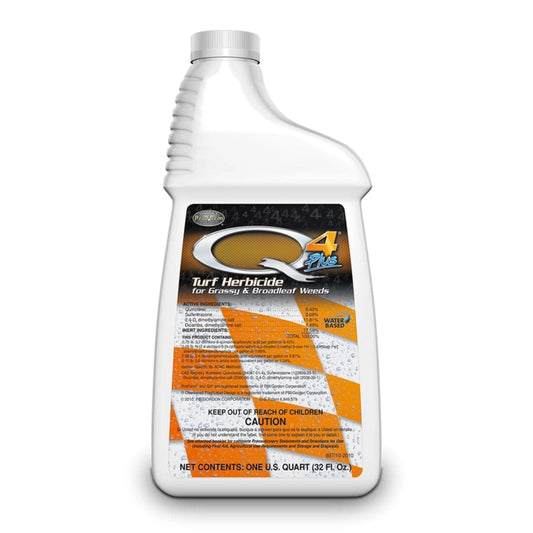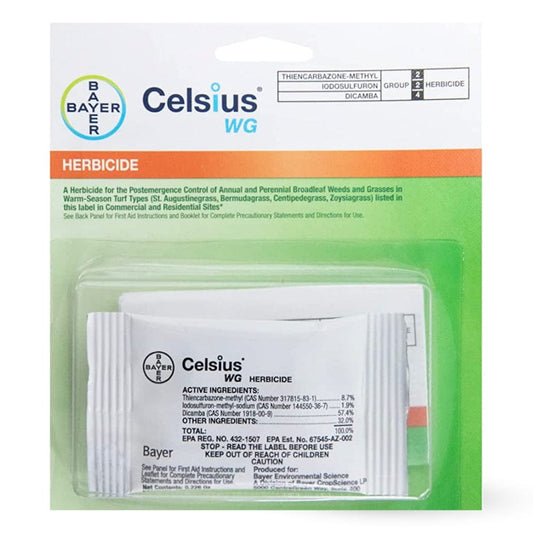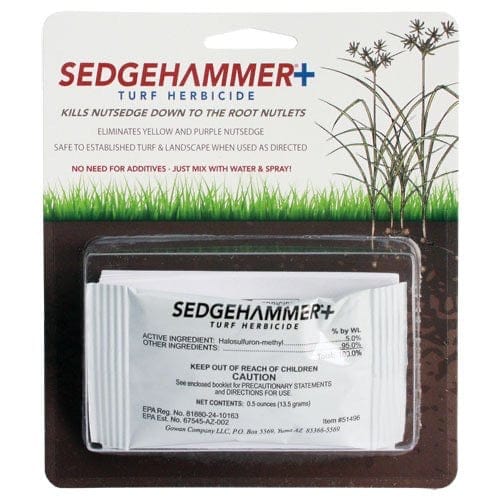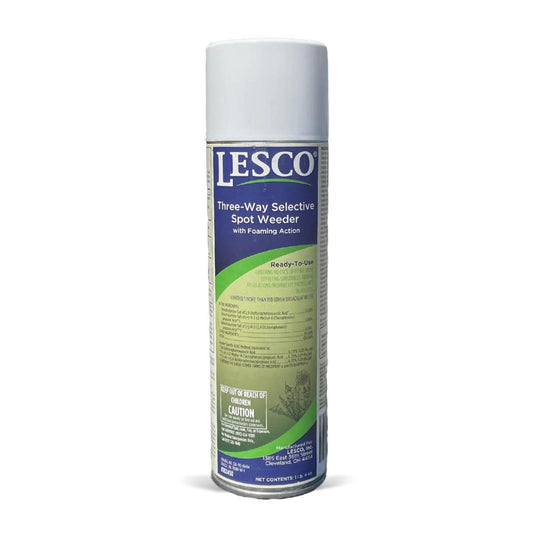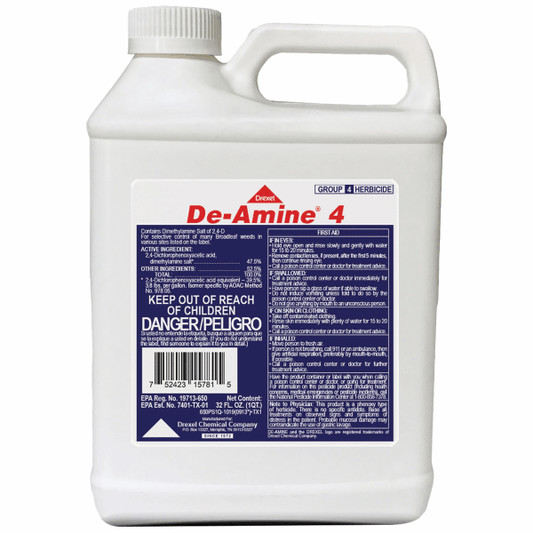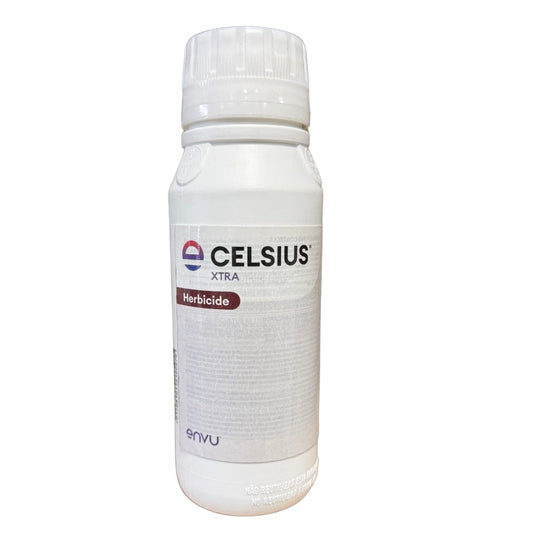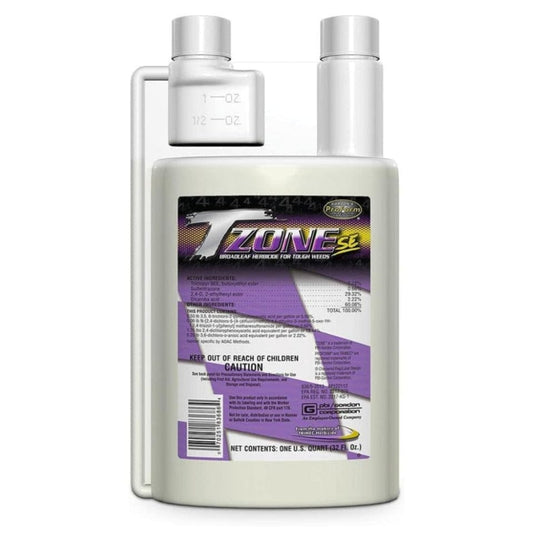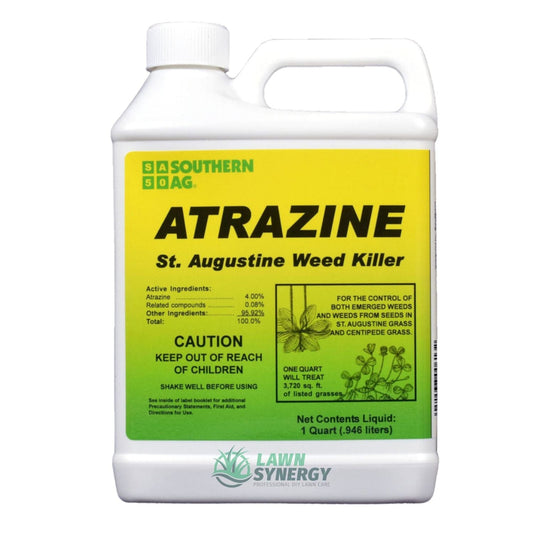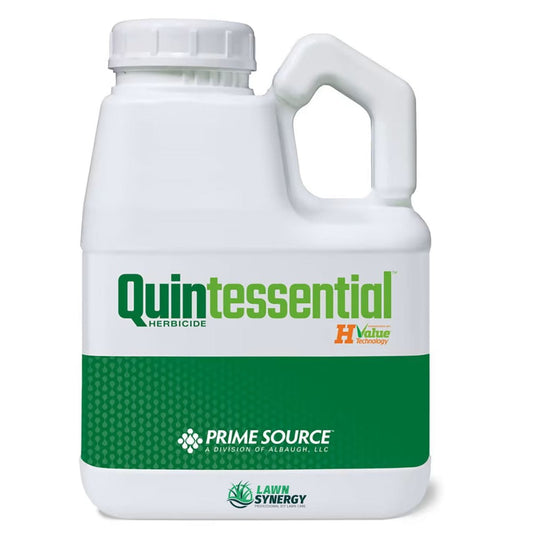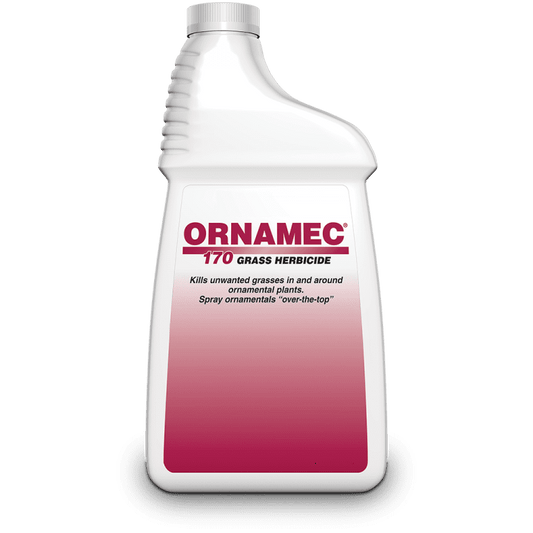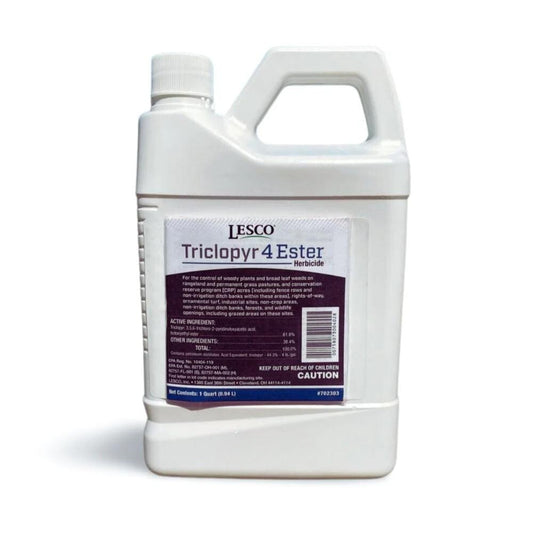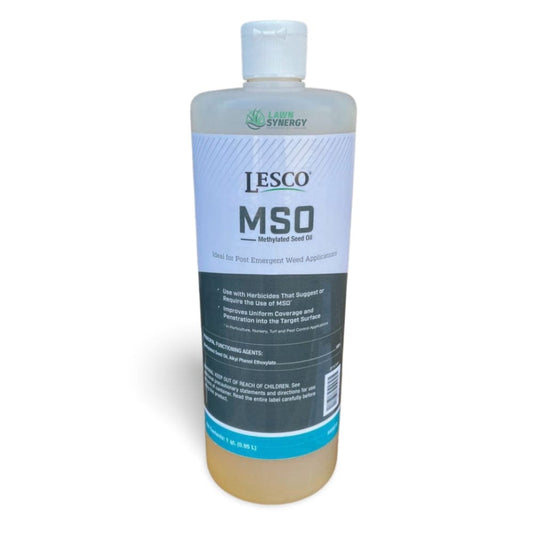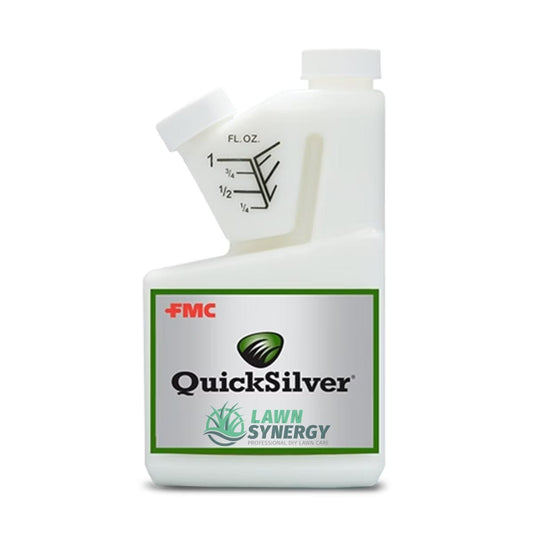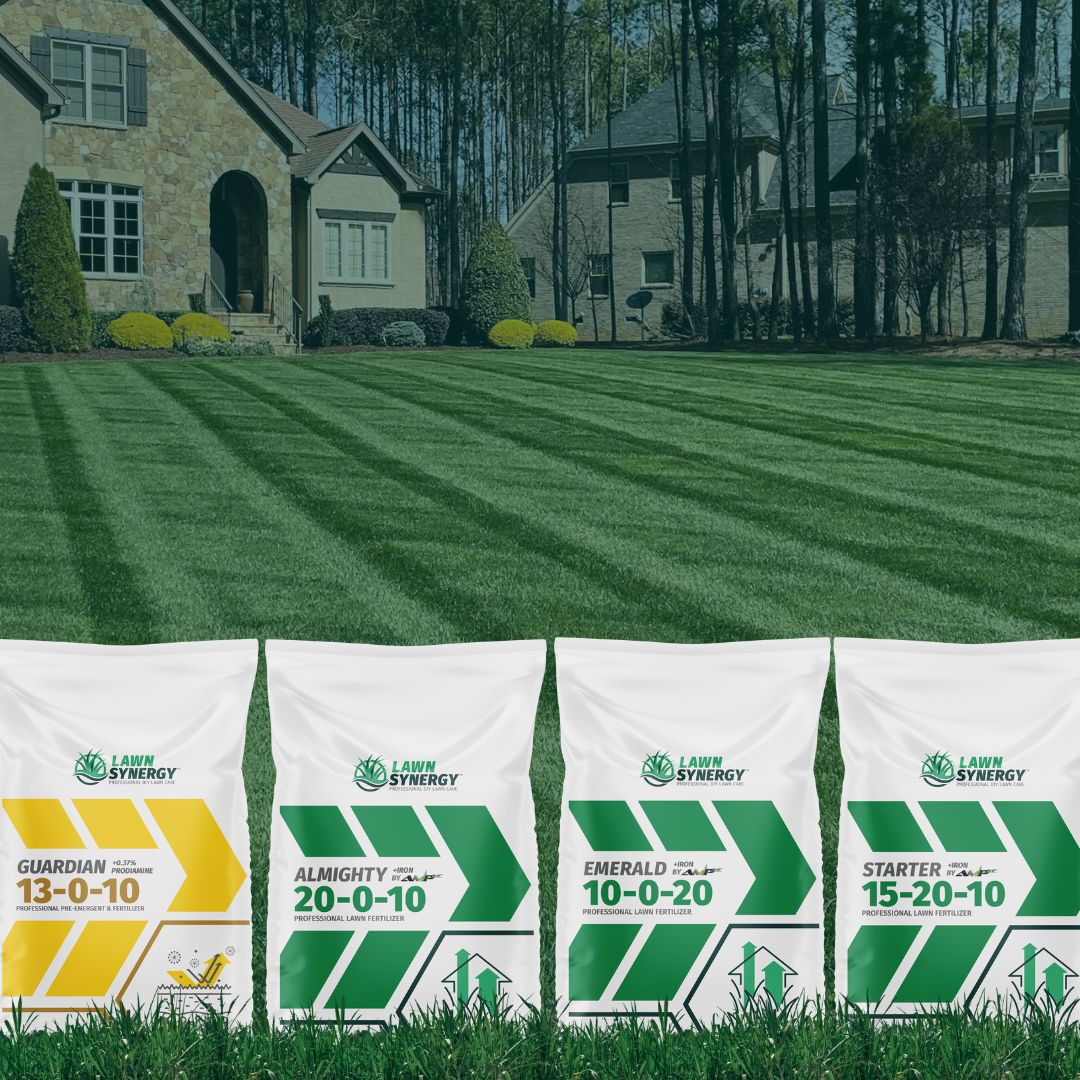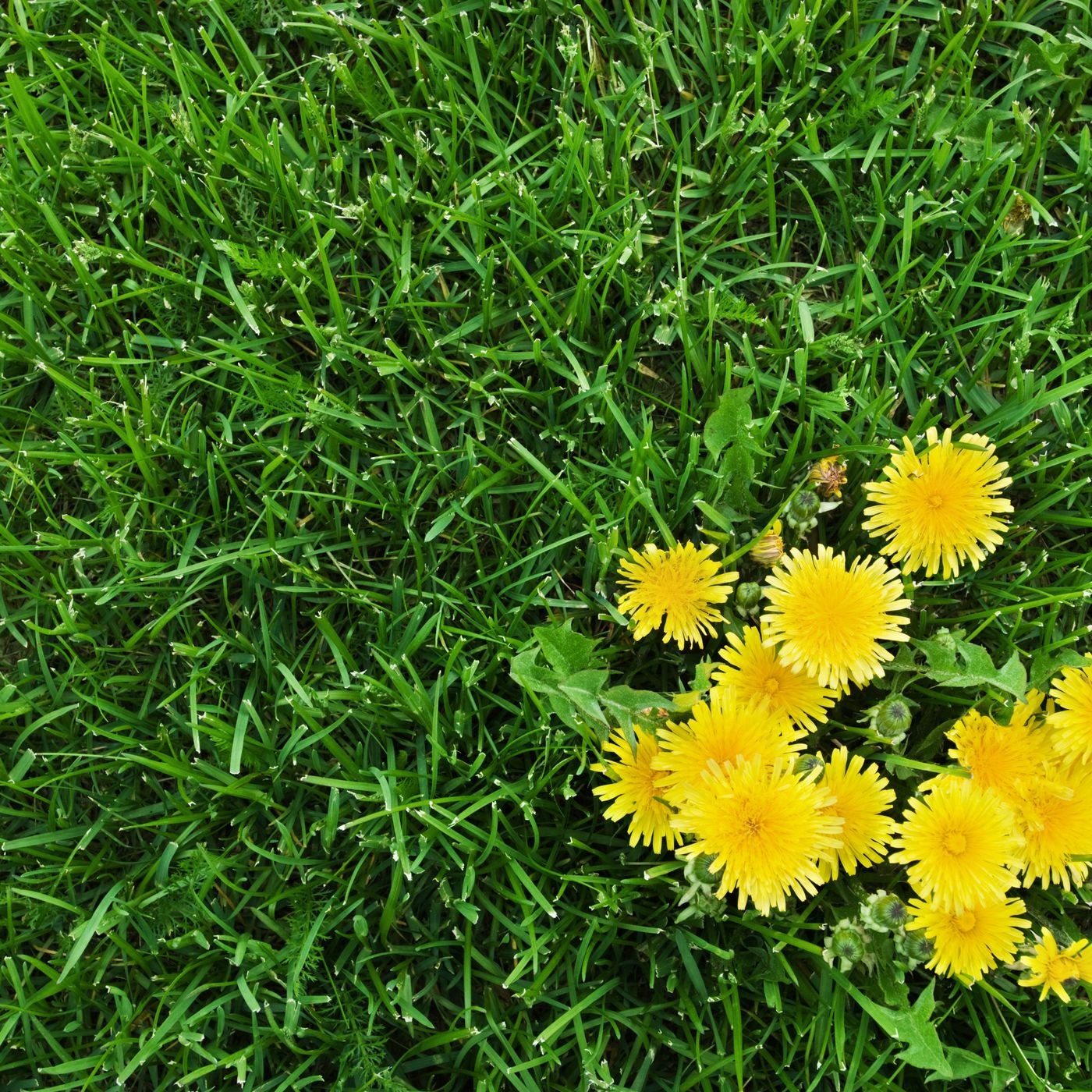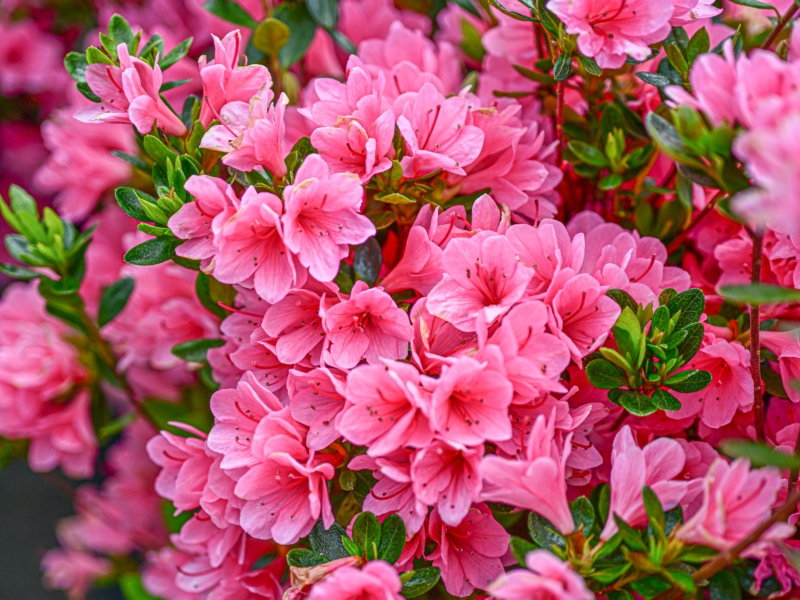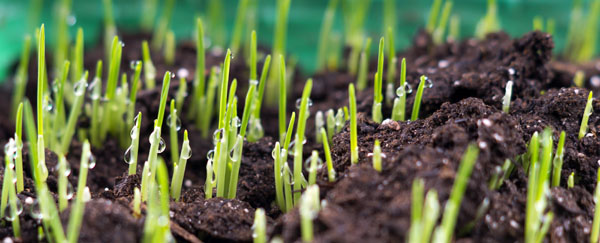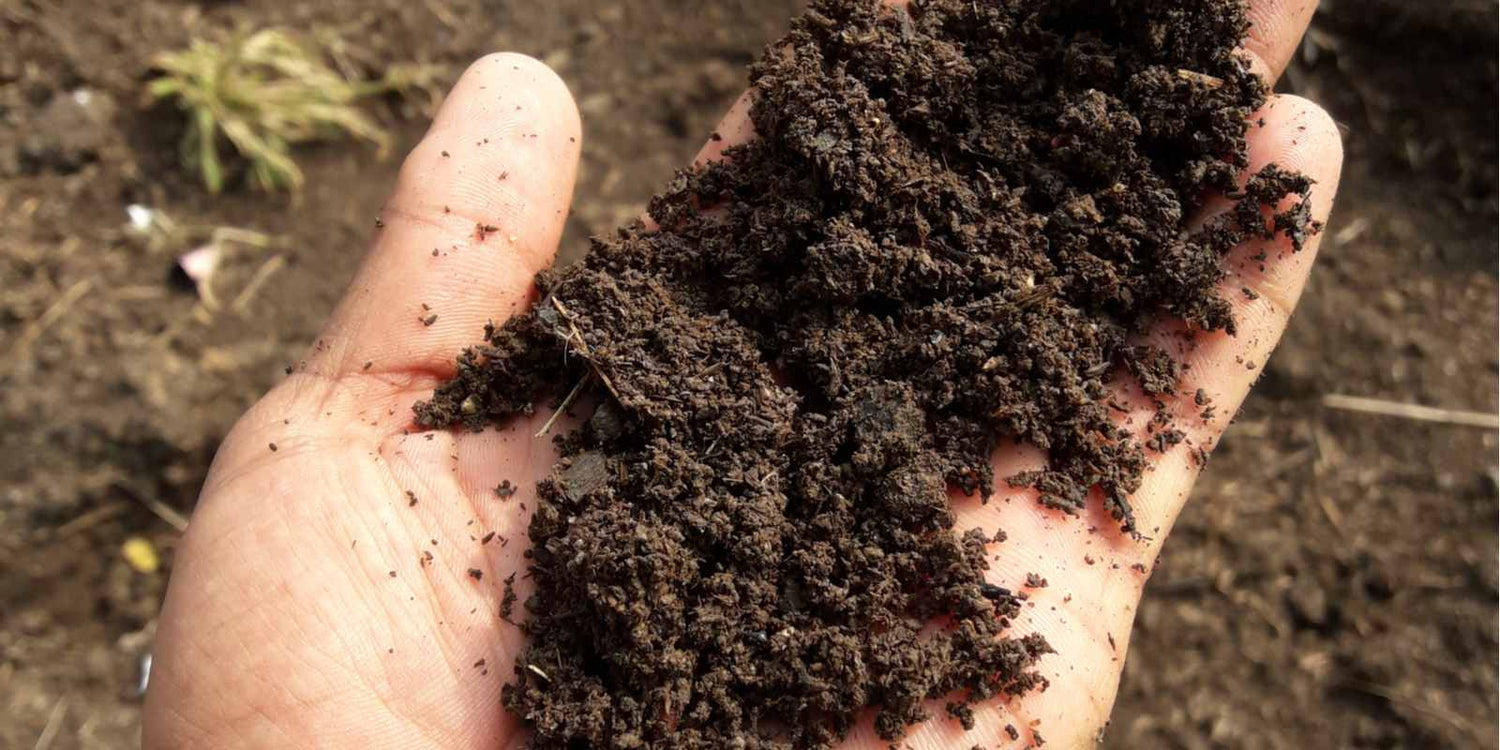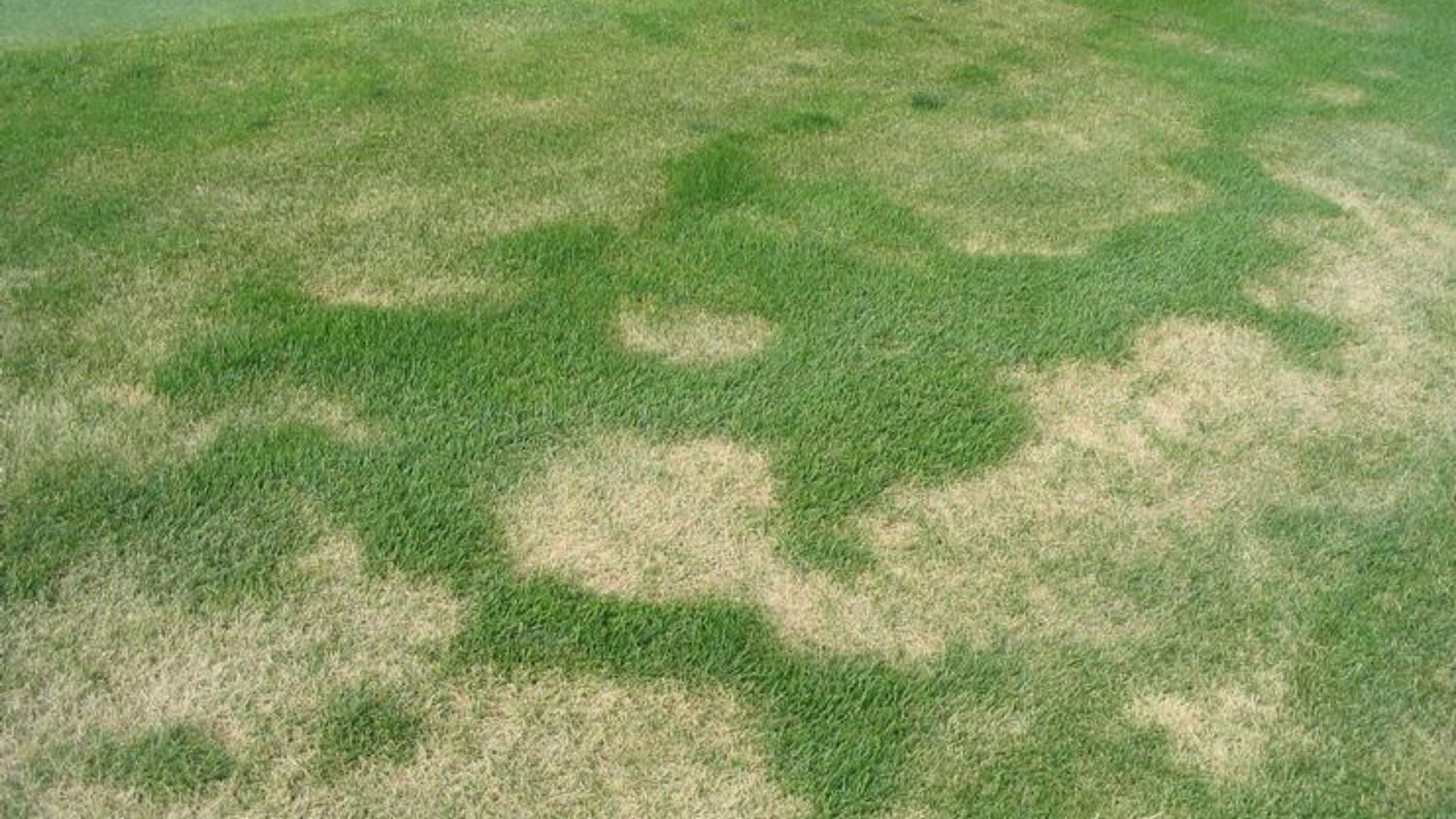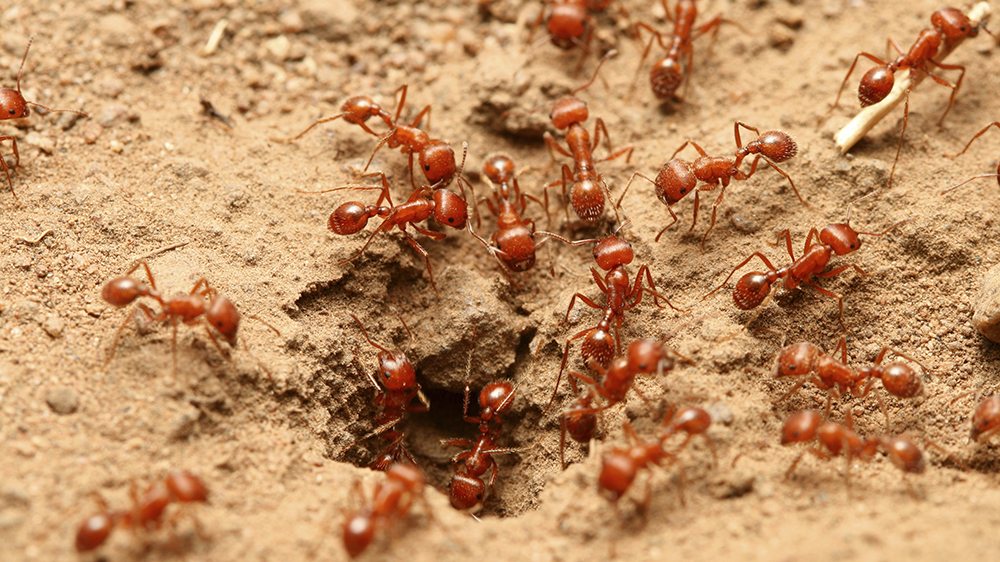Weed Killer For Lawns
-
Q4 Plus Turf Herbicide for Grassy & Broadleaf Weeds
Regular price From $59.99Regular priceUnit price per -
Celsius WG Herbicide
Regular price From $17.99Regular priceUnit price per -
Sedgehammer Plus Weed Control
Regular price $12.38Regular priceUnit price per -
Vexis Herbicide Granular
Regular price From $31.99Regular priceUnit price per -
Granular Broadleaf Weed Killer with 1.81% Trimec
Regular price $49.99Regular priceUnit price per -
LESCO Three-Way Weed Control | Quick Spray Foam Can - 20 oz.
Regular price $16.99Regular priceUnit price per -
Triad SELECT Broadleaf Herbicide
Regular price From $31.99Regular priceUnit price per -
Drexel De-Amine 4 Weed Killer
Regular price $21.74Regular priceUnit price per -
Celsius XTRA Herbicide WDG 10 oz.
Regular price $186.99Regular priceUnit price per -
T-Zone SE Weed Killer
Regular price $47.99Regular priceUnit price per -
Atrazine St. Augustine Weed Killer
Regular price $17.99Regular priceUnit price per -
Quintessential Weed Killer
Regular price $74.99Regular priceUnit price per -
LESCO Prosecutor Pro Non Selective Liquid Herbicide 2.5 gal.
Regular price $116.99Regular priceUnit price per -
LESCO Three-Way Broadleaf Liquid Weed Control
Regular price From $94.99Regular priceUnit price per -
Ornamec 170 Grass Herbicide
Regular price $49.94Regular priceUnit price per -
Lesco Triclopyr 4 Ester
Regular price $62.99Regular priceUnit price per -
Methylated Seed Oil
Regular price $34.99Regular priceUnit price per -
QuickSilver Weed Killer
Regular price $212.39Regular priceUnit price per -
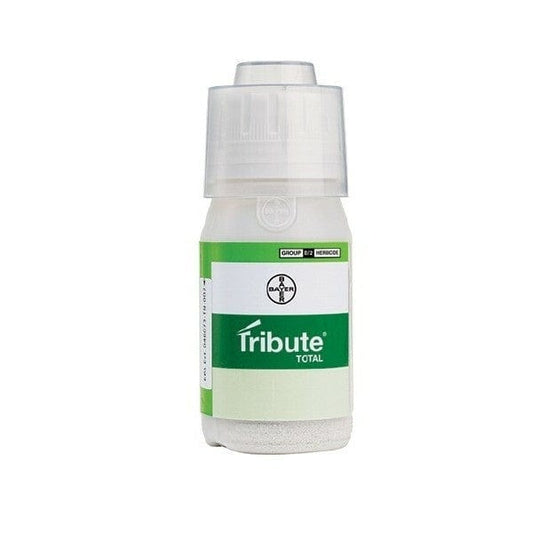 Sold out
Sold outTribute Total Weed Control
Regular price $475.95Regular priceUnit price per -
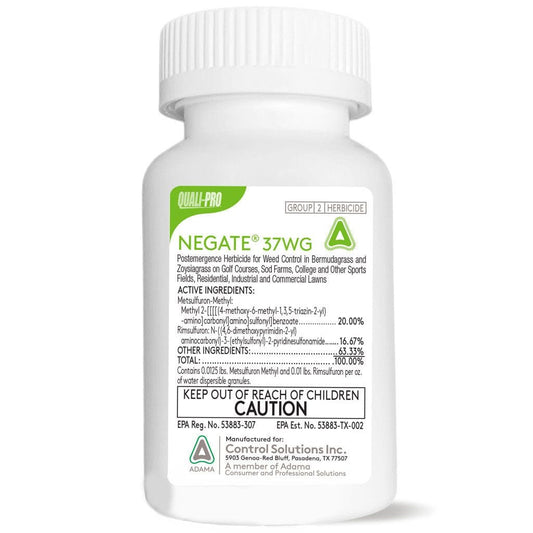 Sold out
Sold outNegate 37WG Herbicide
Regular price $79.95Regular priceUnit price per
Maintaining a lush, green lawn can be challenging, especially when weeds start to invade. Finding the right weed killer for lawns is essential to keep your grass healthy and beautiful. Below, we'll explore the best products and practices for effective lawn weed control.
Understanding Lawn Weeds
Weeds will germinate almost anywhere they can which is why they can become an issue. It is important to apply a pre-emergent before weeds germinate which greatly reduces chasing weeds in your lawn
Common Lawn Weeds
Different types of weeds can plague your lawn, each requiring a specific approach for control. Common lawn weeds include dandelions, crabgrass, and clover are easy to control and usually only require one to two applications of herbicide.
Why Weeds Are a Problem
Weeds compete with grass for nutrients, water, and sunlight, which can result in weak and patchy lawns. Addressing weeds promptly is crucial for maintaining a vibrant lawn. It is also necessary to perform a soil test at least once per year to make sure your soil is within range for growing grass. When soils become out of range, weeds can quickly invade your lawn.
Choosing the Best Weed Killer for Lawns
It depends on lawn type and target weed. There is not a perfect weed killer for your lawn. Most weed killer products will control a number of weeds in the lawn.
Weed Killer Safe for Lawns
When selecting a weed killer, it's important to choose a product that is safe for your lawn. Look for weed killers that target weeds without harming your grass. Always check the label and follow instructions precisely. Most organic options are not effective controlling weeds.
Best Lawn Weed Killer for Spring
Spring is an ideal time for lawn weed treatment as weeds are actively growing. We suggest applying a blanket application (spraying the entire lawn area) with weed killer on the first and second application of pre-emergent fertilizer. By applying both herbicides twice, any existing weeds will be killed off and a prevention barrier will protect against future weeds.
Pre-Emergent vs. Post-Emergent Weed Killers
Understanding the difference between pre-emergent and post-emergent weed killers can help you choose the right product for your lawn. Pre-emergent treatments prevent weed seeds from germinating, while post-emergent treatments kill existing weeds. Note: pre-emergent treatments must be applied before seed germination. Be sure to check soil temperature and apply early.
How to Apply Weed Killer in Grass
Proper application of weed killer is crucial for effectiveness. Before applying any products to your lawn, start by calibrating your sprayer with water. It is important to know how much liquid will be applied per 1,000 sqft to properly mix weed killer.
Once calibrated and mixed, using a pump sprayer or battery operated sprayer, start by painting the lawn from front to back, making sure only to apply on the lawn. For spot spray applications, lightly spot spray the target weed, do not water in the weed with herbicide.
Tips for Successful Lawn Weed Treatment
It is not just a one and done. There are many tips and tricks to minimize weeds in your lawn. However, the most important tip is consistency with every fertilizer and weed preventative treatment.
Regular Lawn Maintenance
Consistent lawn care practices, such as mowing, watering, and fertilizing, can help prevent weed infestations. Lawn care is ongoing maintenance and should not be neglected.
Benefits of Using a Surfactant with Weed Killer
Surfactants help the herbicide to spread more evenly across the weed's surface, ensuring better coverage and penetration. This leads to more effective weed control.
By reducing the surface tension of the liquid herbicide, surfactants allow for better absorption of the chemical into the weed, which enhances its ability to kill the weed from the inside out.
Combining Treatments for Best Results
Using a combination of treatments, such as manual weeding, herbicides, and proper lawn care, can enhance the effectiveness of your weed control efforts. Before mixing or combining any herbicides, check to make sure the label permits combining herbicides or damage to your lawn may occur.
Finding the right weed killer for lawns is key to achieving a healthy, weed-free lawn. By understanding the types of weeds, choosing the appropriate products, and following best practices for application and maintenance, you can enjoy a beautiful, lush lawn year-round. Explore our recommended products and tips to keep your lawn looking its best.
For added convenience, below is a detailed chart that matches each type of weed, such as broadleaf and grassy weeds, with the most appropriate weed killer. This easy-to-use guide helps you choose the perfect lawn treatment for weeds, ensuring a lush, healthy lawn all year round.

Shop now and find the perfect weed killer for your lawn at lawnsynergy.com, where lawn care is made simple and effective.

